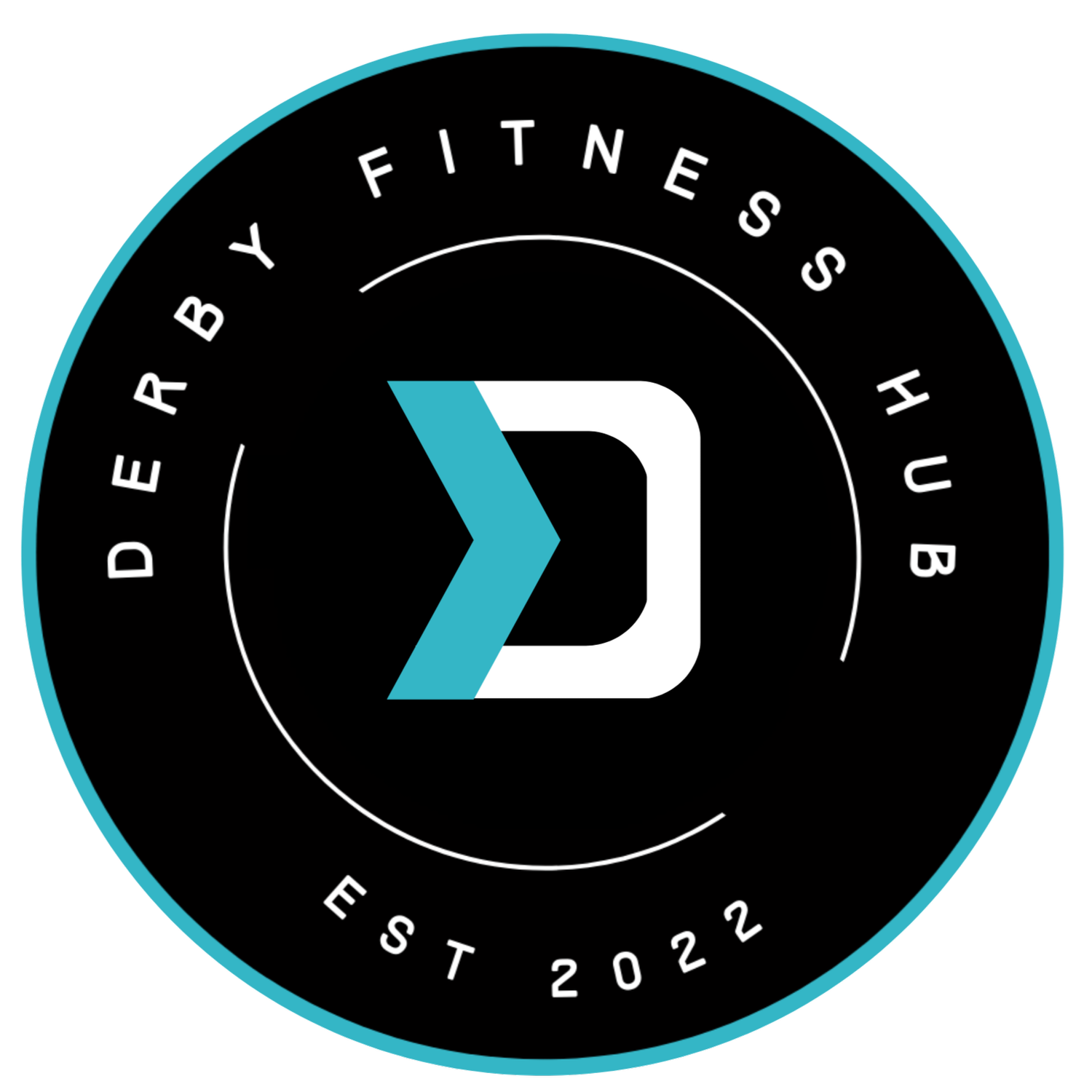Understanding Reps in Reserve and Rating of Perceived exertion
Understanding repetitions in reserve (RIR) and the rating the of perceived exertion (RPE) scale are fundamental tools to ensuring that you maximise your time in the gym. Forget your heart rate monitor and fancy bands these tools will give you a far more accurate insight into how hard you are training and how to effectively add load to your movements. Borg’s RPE (1982) scale has been widely utilised in the fitness industry for a number of years. It classifies exertion on a scale from 1-10. One being no exertion at all to 10, being maximal exertion. One of the criticisms of this approach is that it can be subjective and difficult to relate to exercises that are not traditionally of a cardiovascular nature. Enter the RIR method. RIR relate to the number of repetitions in reserve at the end of a set. For example if I perform a set of 5 squats and at the end of the set determine that I could have done one more repetition then I would have one RIR. RIR and RPE are closely linked, so clearly zero RIR would be a 10 on the RPE scale and thus would have been a maximal effort. See the figure below.
RIR work because they take into account an individuals readiness to train on any given day. For example on week one someone performs a 100kg squat and rates it as an 8 on the RPE scale. They could have performed two more repetitions if they had to. However, the following week after a poor nights sleep and major stress at work they perform the same movement at the same weight. This time the RPE is 10 and they could not have performed any more repetitions. Traditionally the weightlifting community would programme loads based on a percentage of someones 1 repetition max, 1 Rep MAX. This fairly lengthy protocol can produce an accurate number for someones potential to perform a maximal lift. However, for someone with a low training age grinding out a very heavy maximum lift can often be dangerous due to technique or inaccurate due to their inability to push themselves beyond that which they are accustomed to. Assuming the the 1RM is accurate it would have to be performed at fairly regular intervals. For example I perform a 1RM for back squat to discover that I can lift 100kg. I then plan my training programme around this maximum. Lets say 3 x 5 at 85% of my 1RM, so 85kg. However, if I stick to my programme it would be right to assume that I would get stronger and as such I am probably not lifting 85% anymore and therefore I’d need to reestablish a new 1RM. This approach could be very time consuming and more importantly does not also take into account the importance of readiness to train. So using the previous example of a poor night sleep + bad mdd + stress at work etc etc would mean that last weeks 85% may actually feel like a 95% this week.
This clearly has a practical application in the gym environment. When performing a number of sets it is not always appropriate to perform the first set at near maximum, especially for the first exercise performed. Rather, in this instance using the RIR scale an individual can highlight the final set as their opportunity to progress. A such set one and two become the precursors for this heavier set. For example you are performing 3 sets of 6 repetitions. Set one should be performed at a weight which is equivalents to a 5/6 on the RPE scale. Essentially you could have performed 4-5 more repetitions if you had to. Second set adjust the weight accordingly such that you could perform 3 more reps at the end of the set. The load should now feel hard. Lastly assuming good technique adjust the weight again such that it is very hard, that is you could perform a couple more repetitions if you had to. If you are a complete beginner then the focus should be on acquiring good technique and turning up consistently, if you are more experienced and training frequently then there will be opportunities to reach deeper up the RPE curve in a well balanced programme. Clearly there will be an element of getting used to this process however it can be a very easy and reliable method for ensuring you get the most out of your strength sessions.



